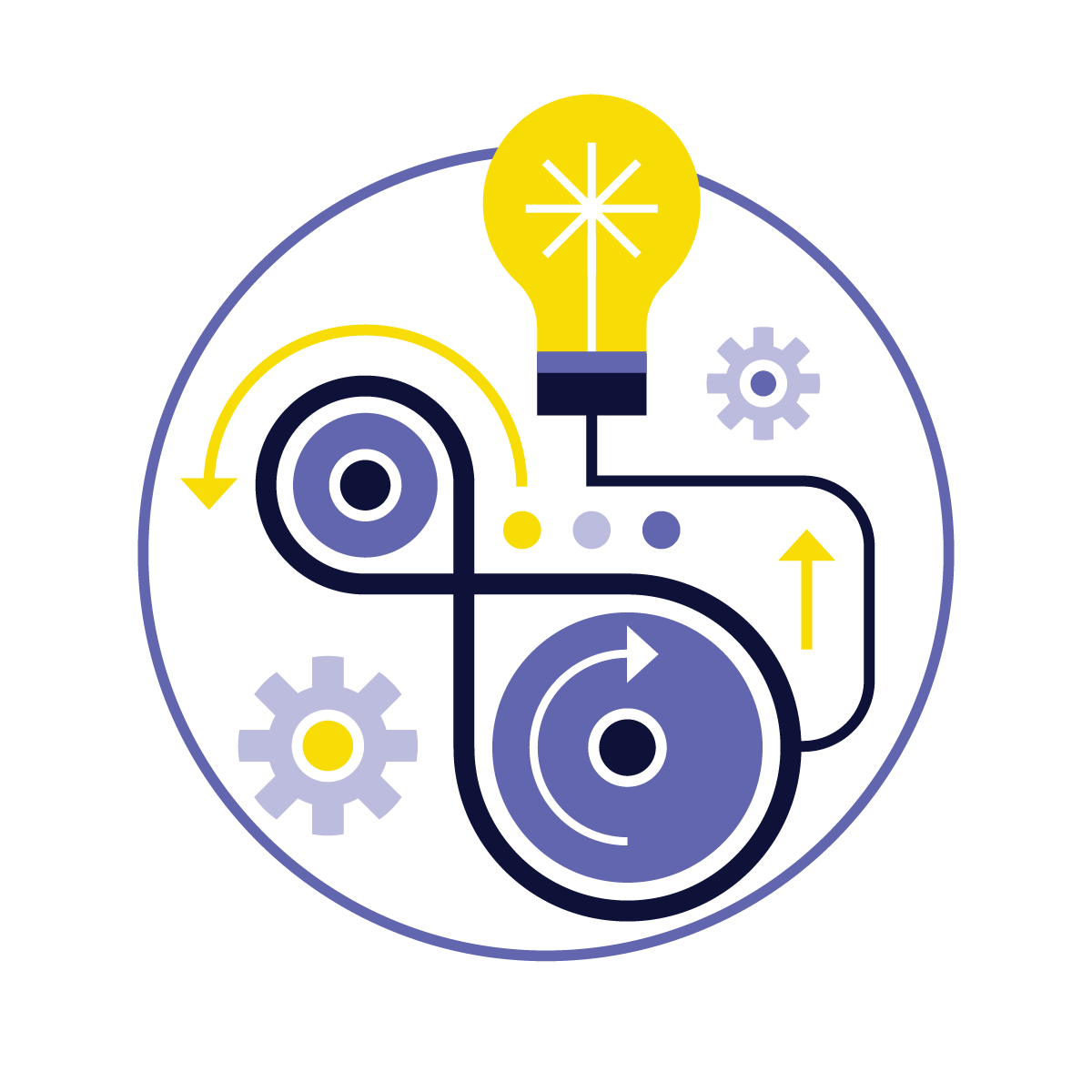An eight-week-old seal pup chirps loudly at Chicago’s Shedd Aquarium. Then he devours his ice chips.
For now, his name is Pup EL2306. The northern sea otter was found alone in Soldovia, Alaska, in October. Rescuers took the hungry pup to the Alaska SeaLife Center.
Workers there sent him to the Shedd Aquarium. Shedd is one of only a few places in the United States that can care for rescued otters. He arrived at the end of November.
Lana Gonzalez manages penguins and otters at Shedd. “Caring for a little otter pup is just like caring for an infant,” she says. That includes round-the-clock feeding, plus grooming.
“Sea otters have a very dense coat,” she explains. “There’s anywhere from 700,000 to a million hairs per square inch.” That’s a lot of hair!
Unlike other sea mammals, otters don’t have a thick layer of blubber or fat. Their millions of tiny hairs keep them warm. (Read Matthew 10:30. God knows every hair on your head. He knows the number of hairs on the baby otter too!)
An otter mom would normally teach her baby how to groom. The aquarium team takes on that job instead. On Wednesday, otter supervisor Tracy Deakins entered the pup’s enclosure with clean white towels. She encouraged him to leave the water. Ms. Deakins pointed to different spots on his fur. The pup responded by licking or rubbing those spots with his paws.
The pup will remain in Shedd’s Sea Otter Nursery for a few months. Eventually, he’ll be introduced to the otter habitat. He’ll meet the five other otters at the aquarium.
Do you wonder . . .
What does the pup eat? He started out just with formula (man-made milk). Little by little, he’ll begin eating clams and other solid foods.
When will the pup go back to the wild? Probably never. He’s too used to humans.































